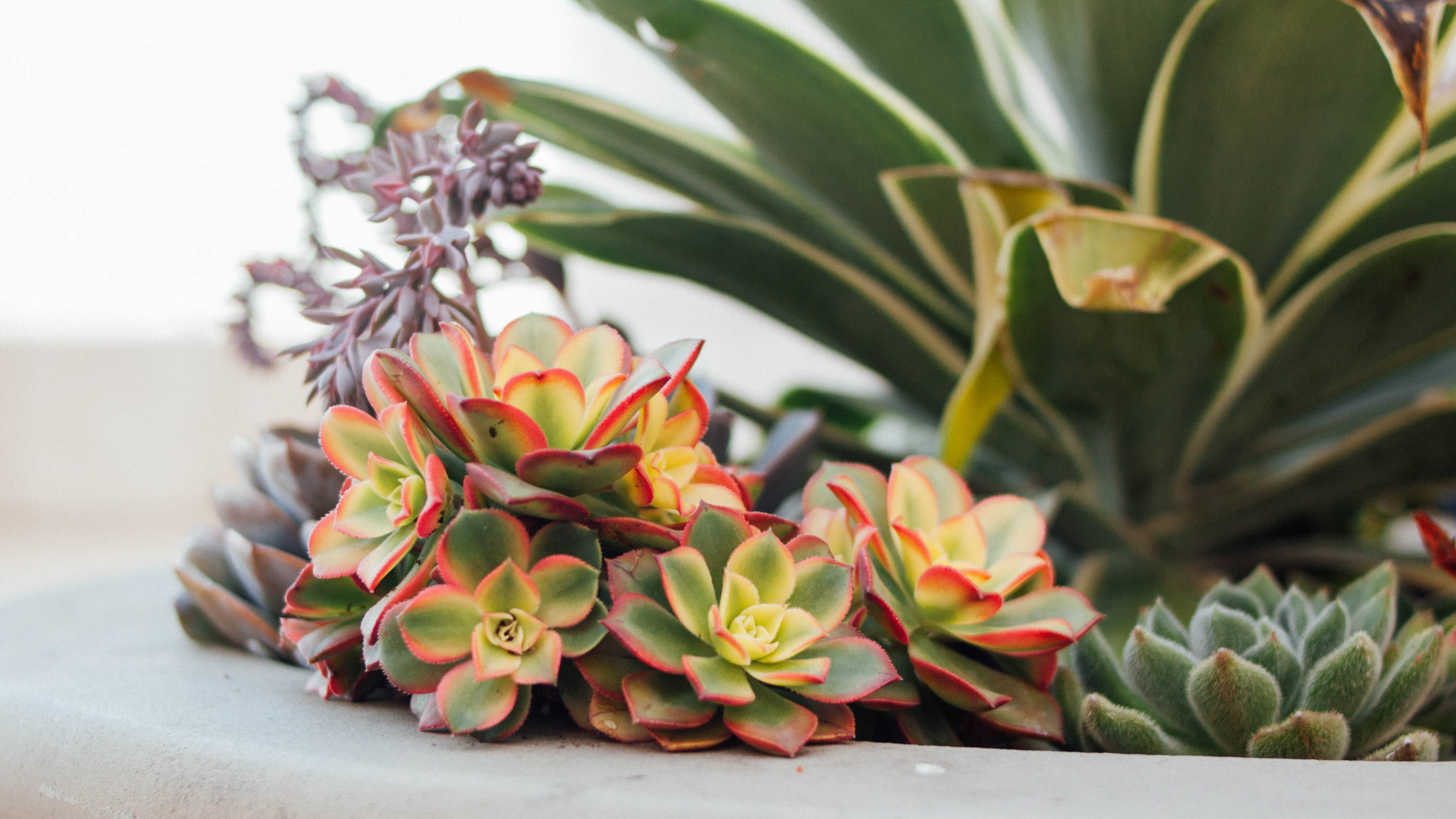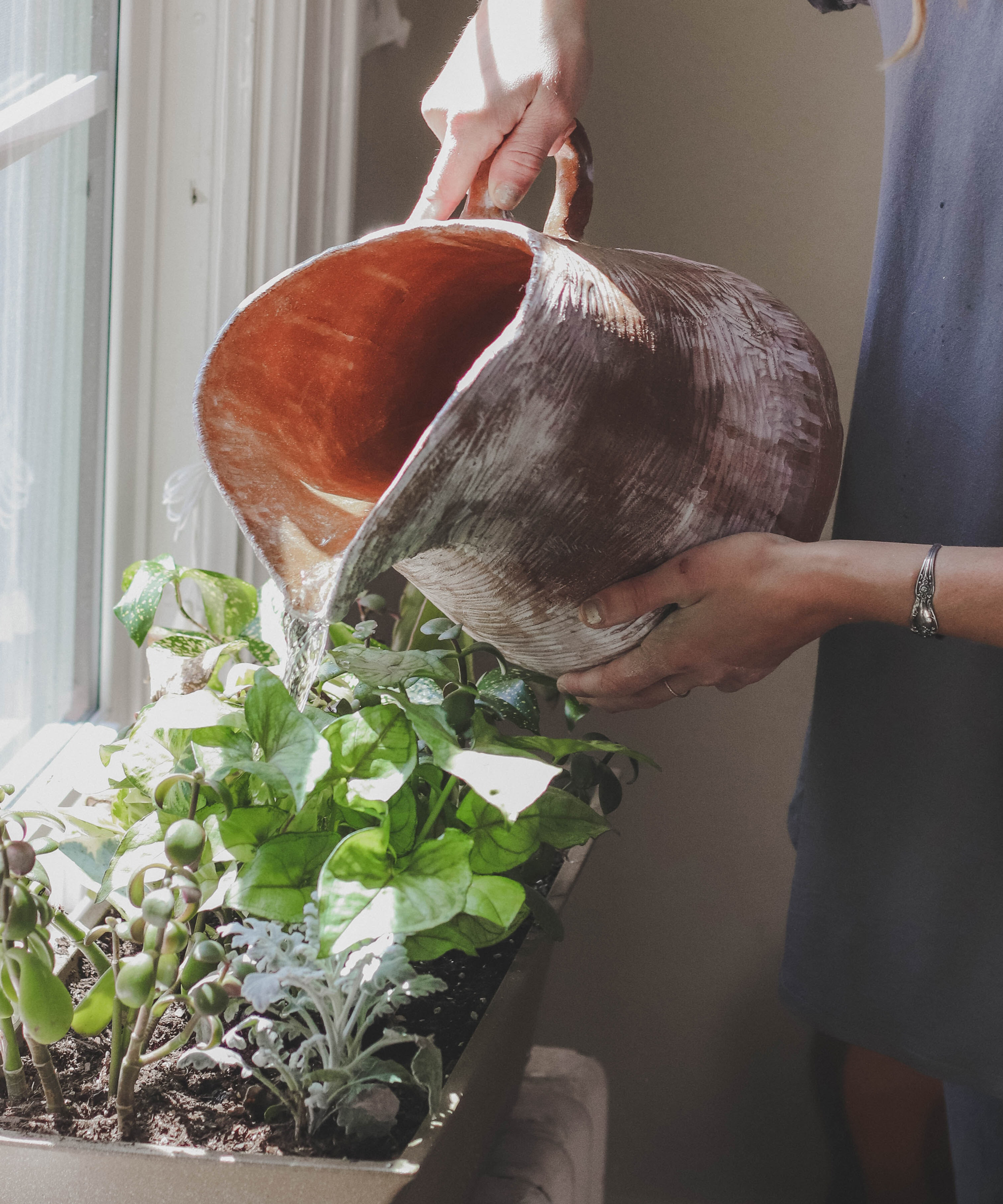Revealed! Top 3 reasons why your houseplant is dying
Not sure what's killing your houseplants? These are the most common reasons, beyond not watering enough

We've all been there: bought a gorgeous, exotic indoor plant we did everything to pamper, only for said plant to die. Most people who buy houseplants do their best to look after them – not many of us fall into the 'I forgot to water it again' category. And yet, despite our best intentions, sometimes the plants still don't make it.
There can be any number of reasons why a plant dies, including pests and diseases, but the most common ones have to do with one (or all) of three things: watering, positioning, and transplanting. If you have a plant that's not doing too well, you'll want to check these out to ensure your indoor garden ideas stay looking their best.
1. Watering too much

Charlotte Craven, plant expert at Patch, says: 'Most plants are '‘killed with kindness'', with overwatering being the biggest issue.' It's tempting to think that because a plant species originates from a rainforest, it requires constant watering. This is incorrect: while most plants will indeed die if they get too little water, too much will kill them much quicker. What tropical plants need is constant humidity, but not constant watering.
When it comes to caring for indoor plants in winter, avoid watering too often; instead, mist your plants frequently to raise the overall air moisture around them.
And if you're learning how to grow succulents or cacti, water no more than once a month, by standing them in a dish, never from above.
2. Putting them in the wrong spot

All plants need light to survive, but how much light they need varies considerably. Most tropical plants will get scorched if placed in direct sunlight, so if you have a south-facing window, you'll need to get some semi-sheer curtains or blinds.
On the other hand, anything that flowers needs all the sun it can get. If you're growing flowering species like pelargoniums, place them directly next to a window, without any curtains.
Another useful tip, from Fifth Season Gardening, is that if your plant has variegated leaves, it will need more light than plain green ones. If in doubt, keep out of scorching lunchtime sun and ensure bright indirect light for the rest of the day.
3. Transplantation shock

This is something even an experienced houseplant enthusiast can easily get wrong. You've got your plant, you've got a beautiful pot to match, and then you repot your plant into its pretty new container the same day you got it. And then it dies within a week.
Why does this happen? Because plants hate change. Even moving a plant from one spot to another can make it sick, because the lighting conditions, soil, humidity, and temperature will all be slightly different. Add to that disturbing the root system, and you've got a plant that's gone into shock. Signs of transplantation shock typically include leaves falling off or shrivelling.
Ideally, you should give your new plant a few weeks to acclimatise before transplanting it, but if you've already repotted yours and it's not doing great, just leave it be and don't move it around any more. Some plants do recover (slowly) from plant shock, and it's important not to add to it.
You'll find more tips on how to repot a plant in our guide.
Anna writes about interior design and gardening. Her work has appeared in Homes & Gardens, Livingetc, and many other publications. She is an experienced outdoor and indoor gardener and has a passion for growing roses and Japanese maples in her outside space.
